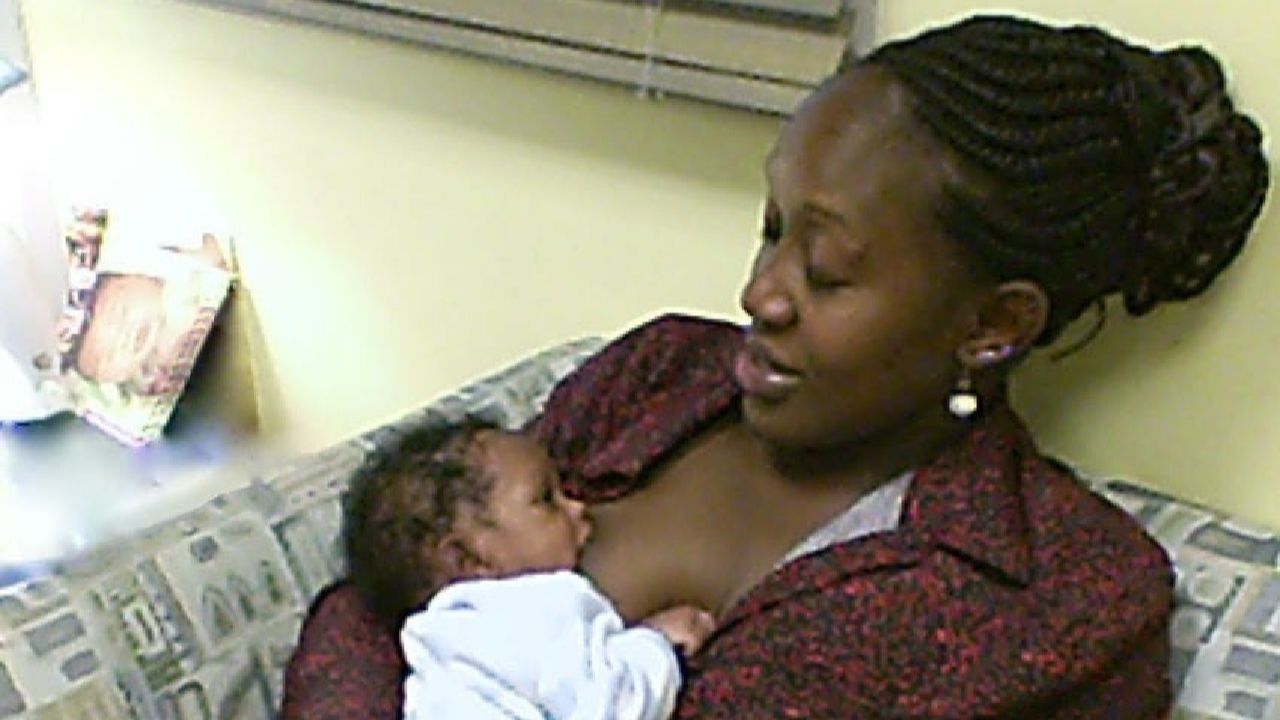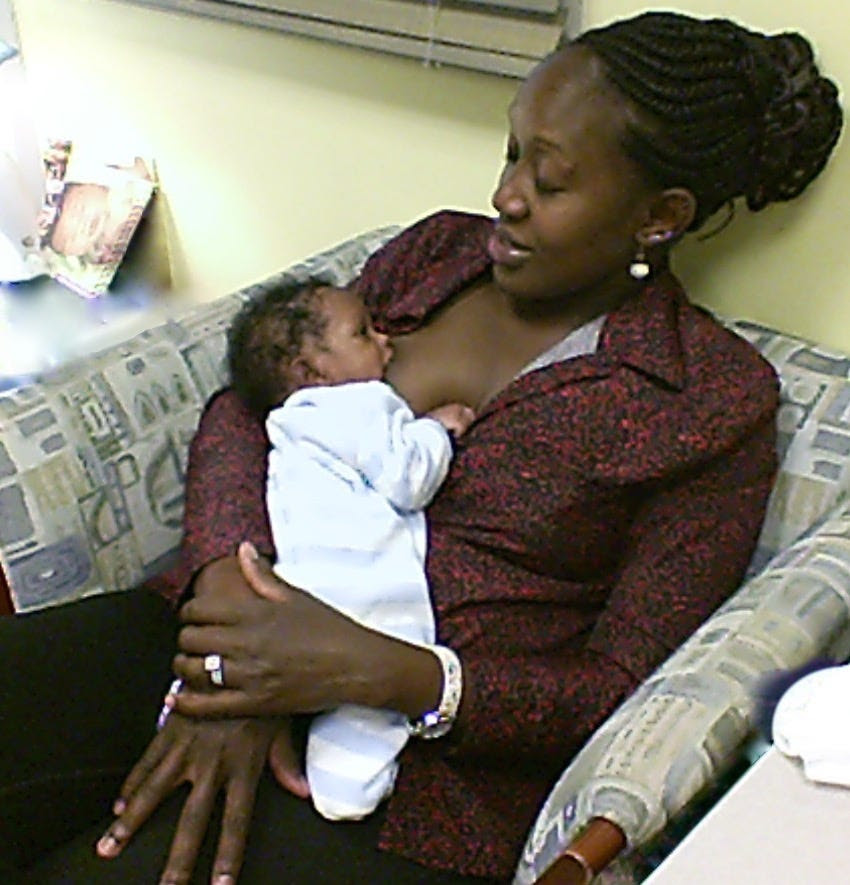Laid-Back Breastfeeding: The Position that's Not a Position
Feb 20, 2023
The history of laid-back breastfeeding - aka - biological nurturing position
It has been suggested that it takes about ten years for research findings to make their way to the bedside. With that being said, laid-back breastfeeding, (aka biological nurturing position) is finally getting the place it deserves among breastfeeding “positions.”
The first article on this position was originally published over 10 years ago. Researchers discovered that certain positions either helped or hindered an infant’s primitive neonatal reflexes (PNRs) and their ability to feed effectively. In addition, Suzanne Colson and her team found that when mothers were not taught how to position themselves, they actually demonstrated some measurable instinctive behaviors when breastfeeding, which included positioning themselves in a semi-reclined or “laid-back,” position. Not surprising, right? Mothers and babies are always teaching us! (1)
Taking science to the bedside
Taking this science to the bedside, for me, has been one of the most transformative changes to my practice over my years as a lactation consultant. So much so, that I almost always start moms in this position in the early days. It continues to amaze me how making this one small change can drastically improve a mother’s comfort and improve baby’s latch, almost immediately.
How to help a mom do it
Let’s review what “laid-back,” breastfeeding is, and how to help a mom with this position - if she needs help - because the whole idea is not to overwhelm her with a lot of detailed instructions.
- Help mom into a leaning back position. Interestingly, in the hospital setting, moms have often already positioned themselves this way in bed. But if mom is out of bed, a small footstool can help her to lay back even if she’s sitting in a chair. Let her know she can adjust her position until it feels right for her.
- Help her to lay her calm baby on her body so baby is lying with baby’s front fully supported by mom’s body. The way the baby lays - whether more horizontal or more vertical on mom, is not as important as having the baby’s full front be in contact with mom’s body.
- Since baby is fully supported by mom’s body, no pressure will be needed on baby’s head or back to keep baby in position. Mom and baby will relax together into this position.
- In this position, baby’s feet and legs will also be supported by mom’s body, and usually will find something to push against (such as mom’s leg/hand/body). If for some reason the baby’s feet do not appear supported, adjust the position a bit or put a small blanket roll under baby’s feet. When the baby has the ability to push with his feet - he can propel himself toward the nipple. If his feet are hanging or dangling - he will feel less secure and be less likely to attach well.
- Now it’s time to wait and watch. You may notice baby rooting and nuzzling her face or bobbing her head from side to side until she locates the nipple, then opens her mouth wide and latches on. As her mouth finds the breast, her sucking reflex starts to work. Some patience may be required as baby doesn’t always achieve latch and suck with the first attempt, but no rush. In the majority of cases the baby is comfortably attempting to latch - not crying and pulling away as is often the case in other positions where mom or helper may be trying to “help,” baby onto the breast.
And that's it!
Here’s a mom in the laid-back position in a chair:

You may wonder, “What about all the other positions that have been traditionally taught?” I’m not saying they should be discarded, but it’s probably time to get away from a list of specific positions and holds which may or may not work for each individual mother, and let her start with “laid-back.” In this way, as she becomes more experienced with feeding comfortably, she will adjust herself and her baby confidently into the position or positions that best suit them both.
The next time you’re trying to help mom with positioning, I hope you’ll give the “laid-back,” position a try. I’d love to hear how it works for you and the patients you serve!
References
- Colson SD, Meek JH, Hawdon JM. Optimal positions for the release of primitive neonatal reflexes stimulating breastfeeding. Early Hum Dev. 2008 Jul;84(7):441-9. doi: 10.1016/j.earlhumdev.2007.12.003. Epub 2008 Feb 19. PMID: 18243594.
- Wang Z, Liu Q, Min L, Mao X. The effectiveness of the laid-back position on lactation-related nipple problems and comfort: a meta-analysis. BMC Pregnancy Childbirth. 2021 Mar 24;21(1):248. doi: 10.1186/s12884-021-03714-8. PMID: 33761882; PMCID: PMC7992330.
Subscribe to our Blog
Join our mailing list to receive the latest blog posts, courses and updates from our team.
We hate SPAM. We will never sell your information, for any reason.

